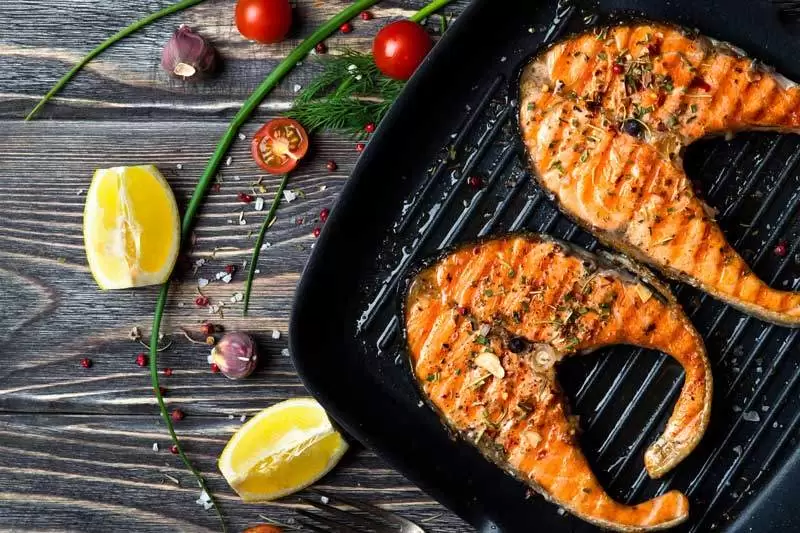Posted in Foods
Grilling basics

The main basic of grilling foods is the cooking method, which involves applying direct heat to food placed on a grill grate. Grilling imparts a distinct flavor and creates attractive grill marks while cooking the food. Here are some critical elements of grilling:
- Heat source: Grilling typically uses either charcoal or gas as the heat source. Charcoal grilling involves igniting charcoal briquettes or lump charcoal and arranging them under the grill grate. Gas grilling uses propane or natural gas burners to generate heat.
- Grill grate: The grill grate is the surface on which the food is placed for cooking. It is usually made of metal, such as cast iron or stainless steel, and is designed with openings to allow heat and smoke to reach the food.
- Direct heat: Grilling involves cooking food directly over the heat source. This direct exposure to high heat sears the food, creating a caramelized exterior and imparting a smoky flavor.
- Grilling techniques: Different grilling techniques can be used depending on the type of food being cooked. These techniques include:
- Direct grilling: Food is placed directly over the heat source and cooked quickly. This method is suitable for more minor, thinner meat, vegetables, and seafood cuts.
- Indirect grilling: Food is placed away from the direct heat source, allowing for slower and more gentle cooking. This method is ideal for more significant cuts of meat that require longer cooking times to reach the desired doneness.
- Smoking: Smoking involves adding wood chips or chunks to the grill to create smoke, which infuses the food with a distinct smoky flavor. This method is commonly used for meats, such as ribs or brisket.
- Seasoning and marinades: Before grilling, food can be seasoned with salt, pepper, herbs, spices, or marinades to enhance flavor and tenderize the meat. These seasonings can be applied before or during the grilling process.
- Grilling time and temperature: Grilling times and temperatures vary depending on the food’s type and thickness. It’s essential to monitor the food closely to avoid undercooking or overcooking.
- Resting: After grilling, it is often recommended to allow the cooked food to rest for a few minutes. This allows the juices to redistribute within the meat, resulting in more flavorful and tender results.
Grilling is a versatile cooking method that can be used for a wide range of foods, including meats, poultry, seafood, vegetables, and even fruits. It is a popular and enjoyable way to prepare food, particularly during outdoor gatherings and barbecues.